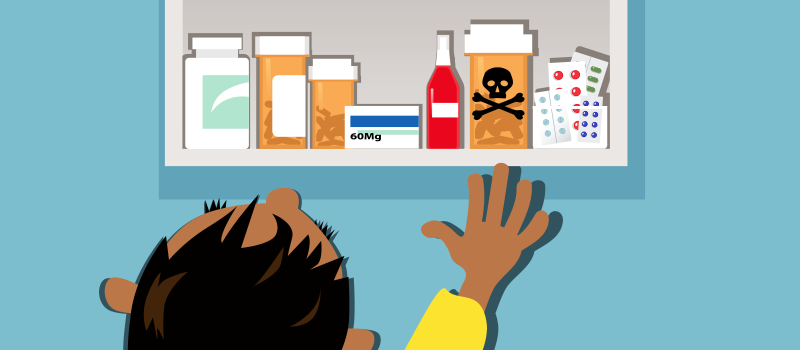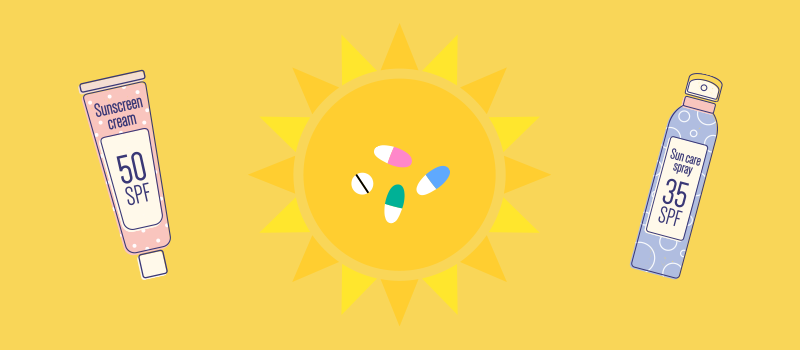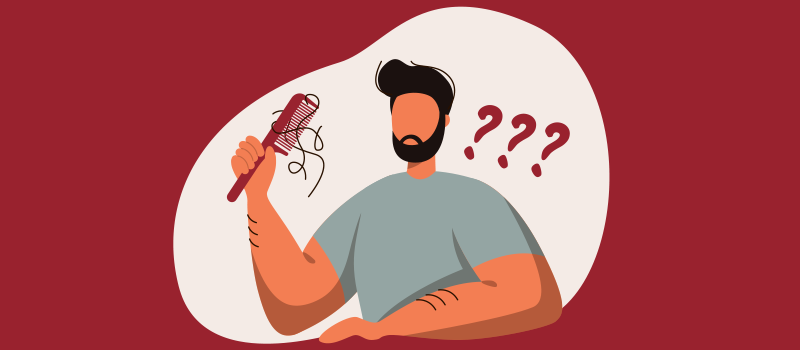What’s the Buzz
The Bee Healthy Blog
Why is My Eye Twitching? Potential Causes

Eye twitching is an involuntary spasm or abnormal blinking of the eye. Occasional eye twitches are common and usually go away on their own without causing any harm. However, severe eyelid spasms, frequent eye twitching, or long-lasting (chronic) eye twitching can affect vision and cause other complications. Please continue reading to find out what can cause an eye twitch, what makes eye twitching worse, and how to manage eye twitching.
What causes eyelid twitching?
The facial muscles control the movement of the eyelids. One facial muscle closes the eyelid, and another raises it. Eye twitching occurs when there are problems with these eye muscles that control the eyelids.
Ocular myokymia
Muscle spasms in the upper eyelid frequently occur due to ocular myokymia. It is a benign condition in which eye twitching occurs due to eye irritation, tiredness, stress, or too much caffeine. These eyelid spasms are temporary and usually go away on their own without any treatment.
Benign essential blepharospasm
More persistent eyelid twitches occur in people with benign essential blepharospasm. This disorder affects both eyes. The exact cause is unclear, but according to the National Eye Institute, the eyelid muscles and an area of the brain called the basal ganglia are involved. There is no cure for a twitching eyelid due to benign essential blepharospasm. However, treatments can help control the symptoms. A botulinum toxin injection can treat eye twitching by temporarily paralyzing the eyelid muscles.
What are serious reasons for eyelid twitches?
More serious reasons for eyelid twitches include brain or nervous system disorders such as:
Hemifacial spasm
This is a neurological disorder characterized by an eye twitch on one side of the face accompanied by involuntary contractions of other facial muscles. Hemifacial spasm usually starts with eye twitches in one eye. This is often the first symptom, and the affected person can eventually develop muscle spasms around the mouth and neck on that side. The underlying cause of the facial spasms is usually a blood vessel touching upon a facial nerve, an injury to the facial nerve, or a tumor.
Neuromuscular disorder
Twitching of the upper eyelids can be a symptom of a nervous system movement disorder such as Parkinson’s disease, Bell’s palsy, multiple sclerosis, or Meige syndrome. It can also be a symptom of head injury, stroke, or brain inflammation.
Medication side effect
Drug-induced blepharospasm is commonly associated with certain mental health medicines called neuroleptics (haloperidol, fluphenazine, trifluoperazine, pimozide, loxapine, thiothixene, perphenazine) and atypical antipsychotics (quetiapine, olanzapine) which are used to treat schizophrenia and other mental health disorders. Other medications that can affect the muscles and nerves around the eyes include antihistamines, calcium channel blockers, dopaminergic agents (bromocriptine, cabergoline), certain antidepressants, and anti-anxiety medicines (benzodiazepines).
What deficiency causes eye twitching?
There is no deficiency that is directly linked to eye twitching. However, vitamin B12 deficiency can be associated with various neurological problems such as neuropathy, dementia, and mood disturbances. There are case reports of people with eyelid spasms who were found to have vitamin B12 deficiency and whose eyelid twitch improved significantly after they received B12 injections. If you have an eye twitch, it might be worth talking to your healthcare provider about checking vitamin B12 levels.
When should I be worried about eye twitching?
You should be worried about eye twitching if it continues for more than a few weeks, your eyelid completely closes when it twitches, or you have other facial spasms. Other symptoms that warrant evaluation by a healthcare provider include frequent facial spasms symptoms, light sensitivity, dry eye, abnormal blinking, discharge from your eye, and vision problems.
It’s important to seek medical attention and find the cause of eyelid spasms. If you don’t get eye twitching treated, it can lead to permanent damage to your eye and may affect vision due to muscle stiffness, upper eyelids resting lower than normal, eyebrows resting lower than normal, extra skin in the upper or lower eye, upper or lower eye abnormal folding, and spread of the upper lid twitches to other parts of the face.
How is eye twitching diagnosed?
Your healthcare provider can diagnose the cause of eye twitching by performing a physical exam, including a thorough neurological exam and eye exam. They may refer you to an ophthalmologist (eye doctor) to make a definitive diagnosis. Sometimes, additional tests such as an MRI or CT scan are needed to find the cause of your eye twitch. If there is no underlying cause found, you may receive a diagnosis of benign essential blepharospasm or hemifacial spasm.
How do doctors treat eyelid twitching?
Treatment options for eyelid twitches vary depending on the severity and cause. If you have an occasional eye twitch and it does not cause problems, you may not need to do anything. If the eyelid spasm is bothersome (for example, if you have benign essential blepharospasm), your doctor may recommend botulinum toxin treatments. The effects of these injections wear off in 3-4 months, and you will need to repeat them periodically.
If your eye twitching is due to underlying health conditions, like a brain disorder, then treatment for the underlying health condition may provide relief from eyelid twitching.
In severe cases, a surgery called myectomy may be done in which the eye muscles that cause blepharospasm are removed to stop an eye twitch.
How to get rid of an eyelid twitch at home?
Certain things can make eye twitching worse. Avoiding these things may provide relief, for example, fatigue (tiredness), mental stress, caffeine, eye irritation, bright lights, and driving. Make sure you get enough sleep. Take measures to reduce mental stress. Wear sunglasses when outdoors to avoid eye irritation. Use eye drops such as artificial tears to prevent dry eye. Take frequent breaks while working on computer screens to prevent eye strain.
References:
- https://www.uclahealth.org/medical-services/ophthalmology/eye-signs-and-symptoms/twitching-eyelid
- https://www.nei.nih.gov/learn-about-eye-health/eye-conditions-and-diseases/blepharospasm#
- https://www.ncbi.nlm.nih.gov/pmc/articles/PMC3132861/#:
- https://www.ncbi.nlm.nih.gov/pmc/articles/PMC5353202/
- https://www.neurologyindia.com/article.asp?issn=0028-3886;year=2010;volume=58;issue=2;spage=320;epage=321;aulast=edvardsson












SOCIAL